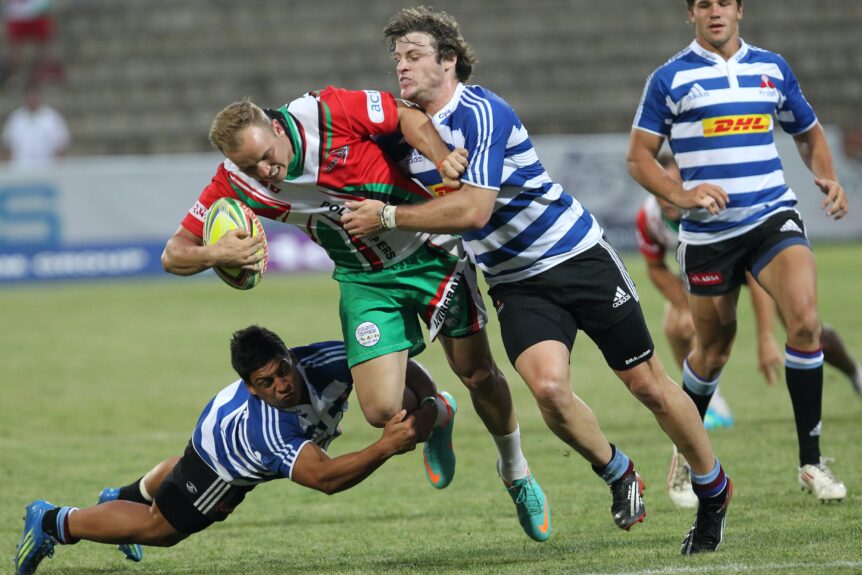Kawasaki, T., Kawakami, Y., Nojiri, S. et al. Sports Med – Open 9, 95 (2023)
This study aimed to identify the risk factors for tackle-related concussion observed in matches involving under (U) 18, U 22 and professional men’s Rugby Union players through video analysis.
Study Design- Descriptive epidemiology study.
Twenty Rugby Union matches each for high school (U18), university/college (U22) and professional (Elite) were randomly selected from 202 matches in the 2018/2019 season. Both one-on-one and tackles involving multiple tacklers were analyzed for the 60 matches. The 28 categorical and continuous variables (e.g., tackle characteristics and duration before the tackle) were applied as risk factors to a least absolute shrinkage and selection operator (Lasso) regression analysis. To identify high-risk situations, a simulation model with coefficients obtained from the Lasso regression was used. Statistical analysis was conducted according to tackle direction.
A total of 14,809 tackles and 41 concussions involving 1800 players were included in the analyses. The incidence rate of concussions (injuries/1000 tackles) was greater in Elite players (4.0) compared with U18 (1.9) and U22 (2.4) players. The factors most highly associated with concussions were head-in-front tackles (where the tackler’s head is placed forward, impeding a ball carrier’s forward movements, 11.26/1000 tackles), and were more often observed among U18 players. A simulation model predicted that the highest risk tackle situation in Elite players was a head-in-front, side-on tackle below the hip of the ball carrier (predicted incidence rate 18.07/1000 tackles).
The risk factors associated with concussion need to be assessed cautiously. Avoiding head-in-front, side-on tackles to the lower extremities of a ball carrier should be considered to reduce injury risks.
Key Points
• This video analysis study assessed 14,809 tackles to identify risk factors for concussions.
• Although the incidence rate of concussion was higher in professional rugby players, high school players tended to employ more head-in-front tackles that were highly associated with the risk of concussion.
• A high-risk tackle situation was predicted when a professional player employed a head-in-front tackle to the lower extremities of the ball carrier in side-on tackle situations, suggesting that lowering tackle height does not necessarily reduce injury risk.

